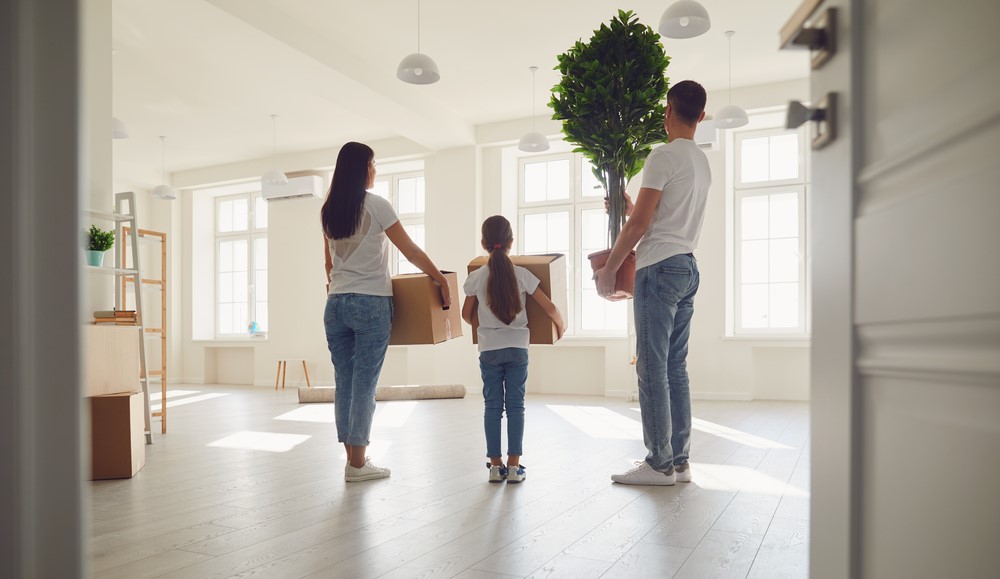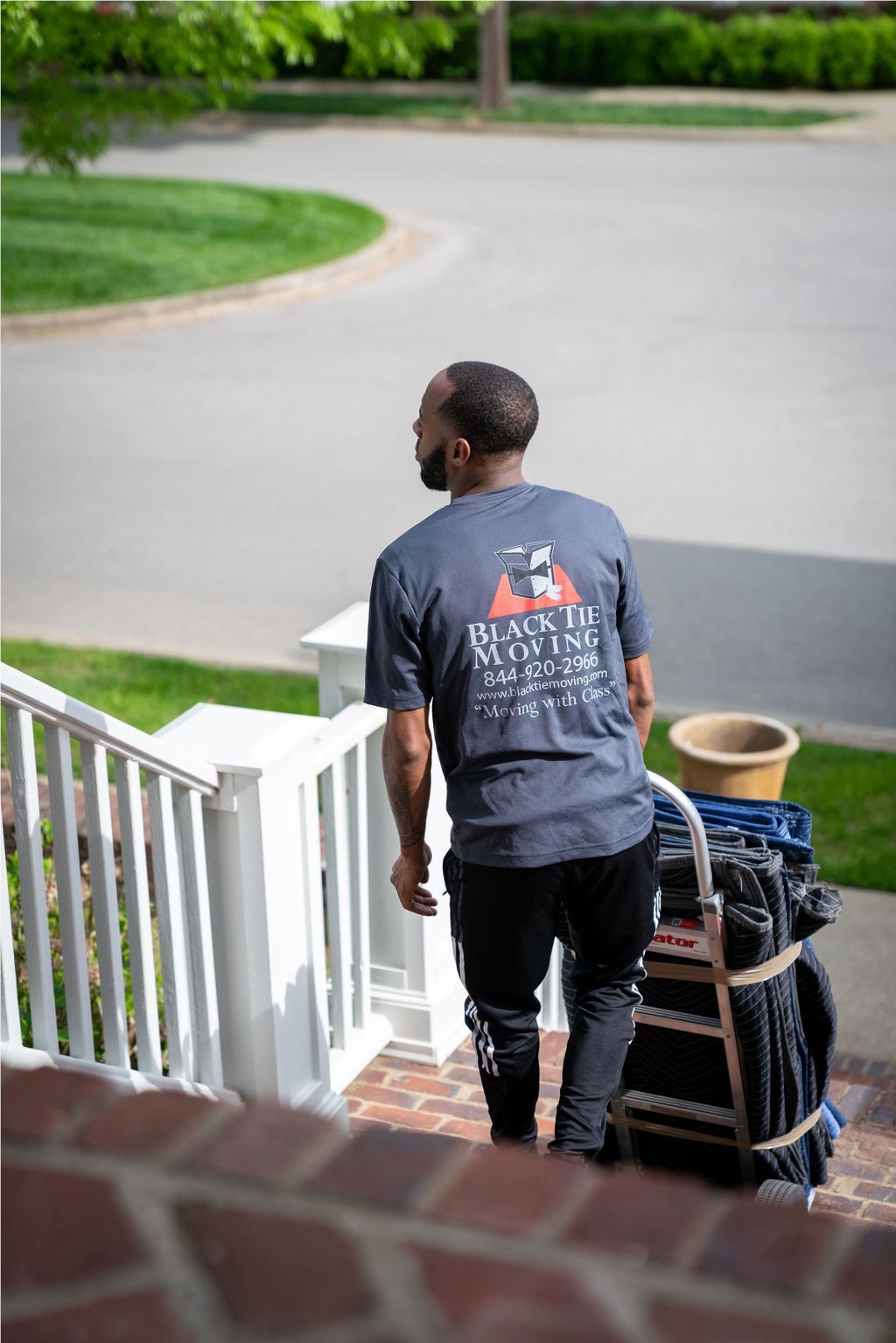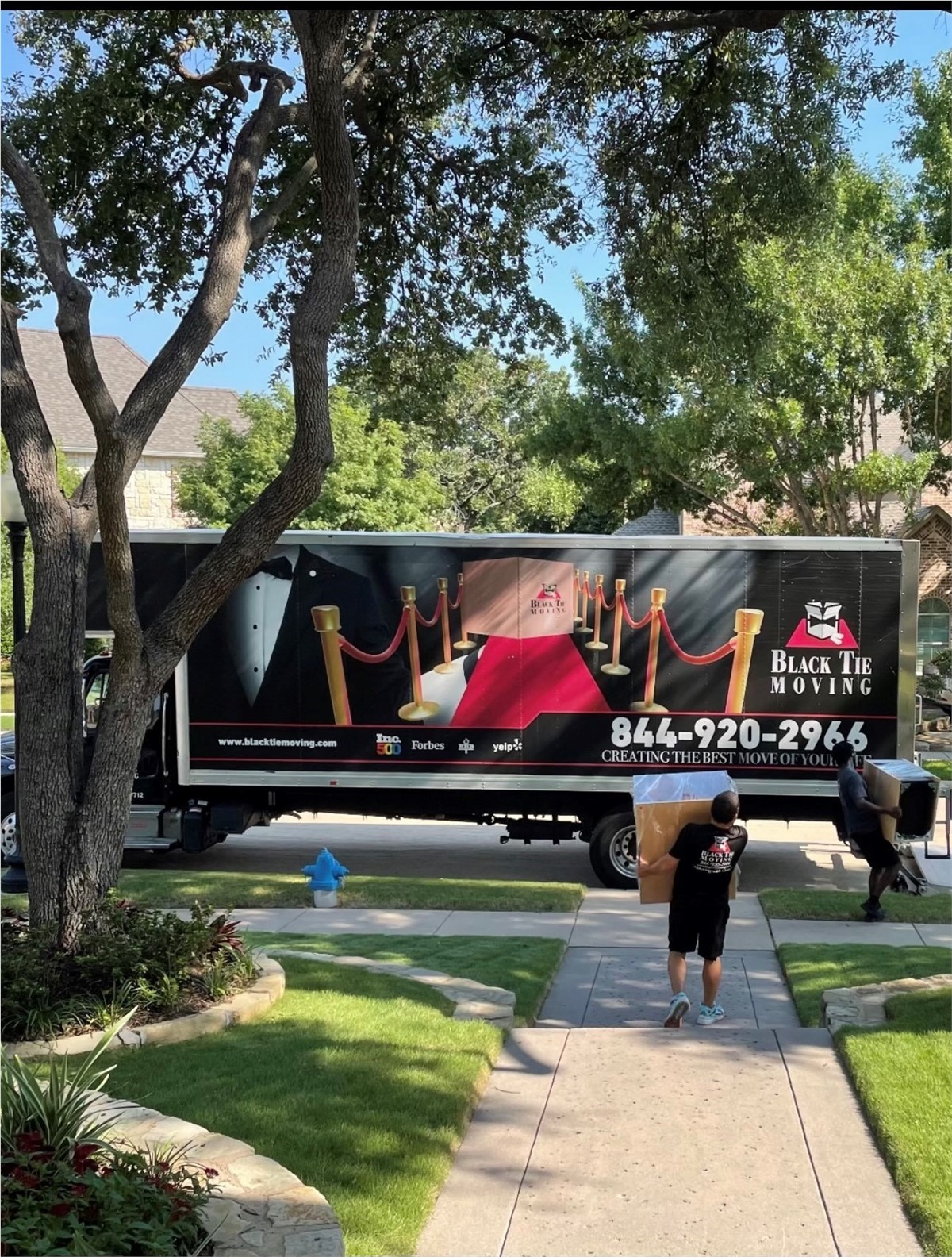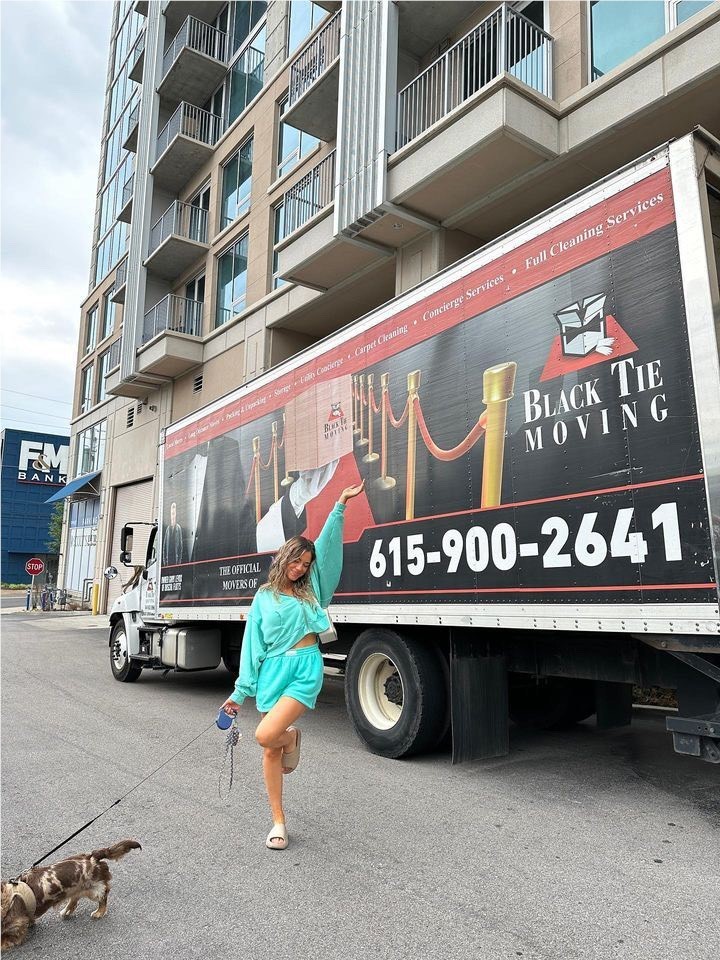A couple of weeks ago, we left you hanging in suspense wondering what other items are deemed the most difficult to move. We identified aquariums, televisions, and, oddly enough, plants as a few of the hardest items to pack, move, and arrive at the destination alive and in one piece. Today, we'll finish out the series of the top 10 most difficult items to move, starting with:
Fine Art
Art is one of the few widely available commodities that appreciates in value. Whether monetary or sentimental, the value of art is what makes it really difficult to move, as the slightest damage could mean monumental drops in value. While you certainly can move it yourself, there are a few moving companies you can trust to relocate your fine art without damage. Whether it’s a priceless Monet, a fine sculpture, or your own concepts on canvas, your art is as fragile as it is valuable, and you’ll want to protect it properly to keep it from being damaged.
For framed artwork, preparing it for moving is easy. Completely wrap the painting and frame tightly in bubble wrap place in a deep and wide box. You should be able to place more than one piece of artwork in the box with appropriate spacers and cushioning. Place in the moving truck or in a car where it won’t be smashed against something else. Sculptures should be wrapped in blankets, taped, then wrapped in bubble wrap. Again, place sculptures on the van where it won’t cause any damage and won't receive much contact with anything else.
China and Dishes
A lot of people tend to underestimate the fragility of their everyday dishes. While more consideration is typically taken with fine china, it isn't uncommon for people to open their boxes to pieces of dishes instead of full plates and bowls.
It all comes down to packing and proper placement. Just because your dishes get used most everyday doesn't mean they're any less fragile than your fine china you only break out during Thanksgiving and Christmas. Slips of cardboard between each bubblewrapped plate, bowl, and coffee mug is plenty to cushion any impact during loading and moving. Your well-packed boxes of fine china and dishware should be of the final boxes to load onto the moving truck.
Antiques and Heirlooms
Yep, we're talking about that exquisite wardrobe that’s been in the family for generations, or that huge glass and mahogany china cabinet that your great grandmother gave to your grandmother who left it to you. Much like fine art, antiques and heirlooms retain value, and the smallest nick or damage can decrease that value faster than you can say “antiques roadshow.”
Don't risk breaking your stuff. Call Black Tie Moving to schedule your local or long distance move.
Most of the time, you'll need to call some professional movers to help get these items to their new location safely. If you must handle it without the help of professionals, you'll want to properly plan how the item will be moved. For big items, have no fewer than five (5) people on hand. The goal is to move the item safely, not quickly. Measure doors and hallways and map out a route to move the antique. You may have to move it through a window or a back entrance if the front door isn't big enough or too far away from the antique. Completely pad the item in blankets, cardboard, shrink wrap and bubble wrap, and tape padding securely so that movers have a nice and tight place to grip the furniture. The blankets and padding also make moving the heavy item easier, and sliding harms neither the antique or the floors.
Household Appliances
Much like antiques, household appliances can be difficult to move. While there may not be any appreciating value in your home’s stove, dinging it into the walls while trying to move it can harm the value of your current and new house, as well as cause some issues for the appliance.
When you buy a home that doesn't come with a washer/dryer or a refrigerator, you have to purchase these items yourself. These appliances are expensive because you really should only purchase them once, as they're made to last for years at a time. Completely clean out the appliance, including points of entry and exit lines. When moving these appliances, make sure they're properly padded with blankets and shrink wrap to avoid damage to your door jambs. Use dollies to transport the appliances onto the truck and map a course through the old and new homes for the easiest, safest transport.
Pets
We all know how stressful moving can be on a person, but few of us are in tune to the stress that relocating places on our pets. You probably already based your moving destination on your pets in some way--making sure your apartment complex welcomed your pet, or choosing a house near a dog park--but pets typically don't like drastic change, so it doesn't matter if it’s kitty or puppy heaven, your pets probably won't understand.
There are ways to help them make a smoother transition before moving day. Bring in boxes weeks in advance and start packing things away while leaving your pets in a familiar part of the house with all their toys and bedding. Begin acclimating your pets to their crates by luring them inside with food while the crate door is open. Step up to taking them on short car rides while in the crate, or simply carrying the crate around the house. Make crate time a positive activity by rewarding your pet with treats at the end of the experience. Just getting your pets used to being in their crate can make a world of difference during moving day.
Whether it’s because of bulk, size or merely disposition, these are some of the most difficult items to move when you're relocating. Call Black Tie Moving and let us help you move the big stuff damage free, so that all you and your pets, plants and fish have to worry about is enjoying your new home.
Subscribe to Black Tie Moving's Blog









Comments